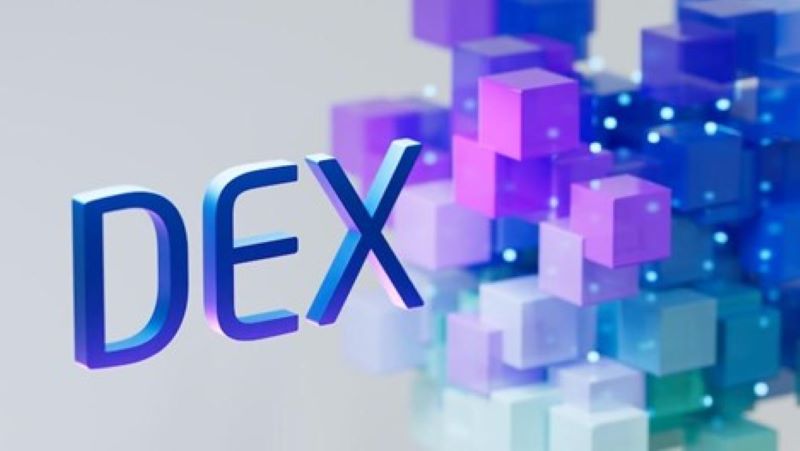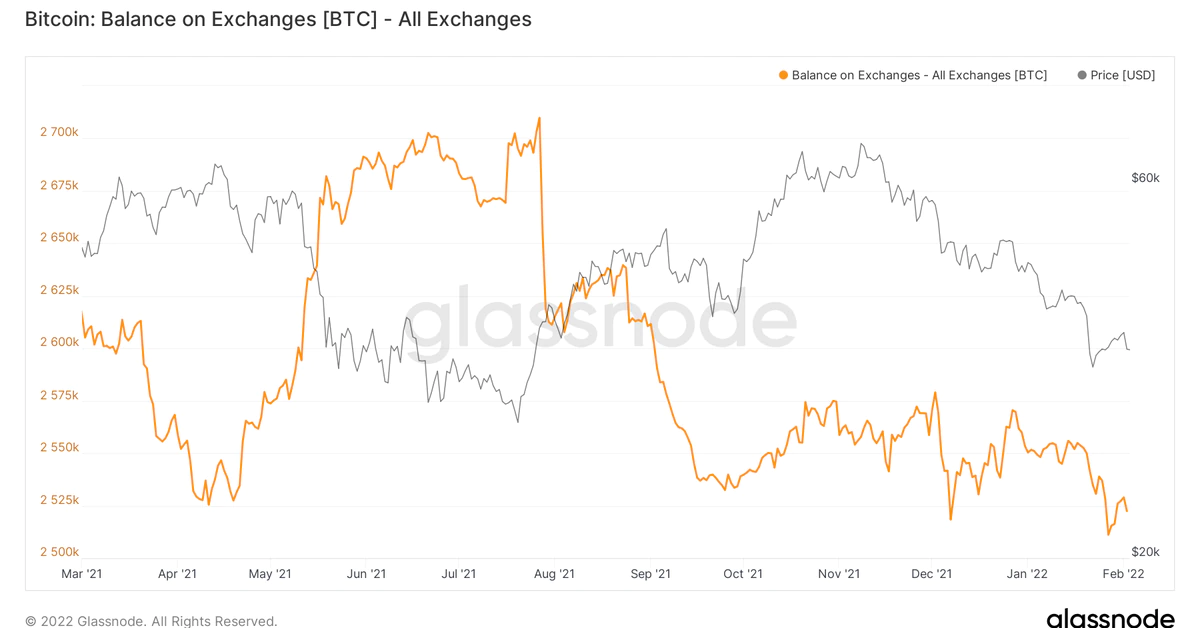The world of digital asset trading is rapidly evolving, and decentralized exchanges (DEXs) are becoming more popular as a way to trade assets in a peer-to-peer manner without relying on a centralized intermediary. However, the potential of these exchanges has been limited by the lack of effective technology to power them.
Decentralized exchanges (DEXs) are a type of cryptocurrency exchange that operates on a distributed network, without the need for a central authority or intermediary. In contrast to centralized exchanges, which rely on a central authority to manage user data and execute trades, DEXs operate on a peer-to-peer network of nodes that communicate with each other to enable trading. That is, until now.
Thanks to the rise of the Internet of Things (IoT), decentralized exchanges can now be powered by a distributed network of devices that can communicate with each other in a secure and efficient manner. In this article, we will explore how IoT-powered decentralized exchanges represent the future of digital asset trading and how businesses can take advantage of this technology to grow and succeed. Because trades are executed on a distributed network, there is a transparent record of all transactions that can be easily audited and verified. This can, with the help of mobile app development company New York, work to prevent fraud and other forms of financial crime, which can be especially important in highly regulated industries like finance and healthcare.
Role of IoT in decentralized exchanges
First, let’s understand what IoT-powered decentralized exchanges are. IoT refers to the interconnected network of devices that can communicate with each other, collect and transmit data, and automate processes. Decentralized exchanges, on the other hand, are a type of cryptocurrency exchange that operates on a distributed network, without the need for a central authority or intermediary. An IoT-powered decentralized exchange is a trading platform that leverages the power of IoT to execute trades in a secure and decentralized manner.
One of the major benefits of IoT-powered decentralized exchanges is that they provide greater security and privacy for users. By utilizing a distributed network of devices, these exchanges eliminate the need for a central authority to manage and store user data. This reduces the risk of data breaches and ensures that users have greater control over their personal information.
Another benefit of IoT-powered decentralized exchanges is that they are more efficient than traditional centralized exchanges. This is because they operate on a peer-to-peer network, which eliminates the need for intermediaries and reduces transaction fees. This can result in significant cost savings for businesses that rely on digital asset trading to conduct their operations.
IoT-powered decentralized exchanges also offer greater transparency and accountability. By using a distributed ledger system, these exchanges can provide a transparent record of all transactions, which can help to prevent fraud and other forms of financial crime. This can be especially beneficial for businesses that operate in highly regulated industries, such as finance and healthcare.
So, how can businesses take advantage of IoT-powered decentralized exchanges? One way is to integrate these exchanges into their existing operations. For example, businesses can use these exchanges to conduct cross-border transactions or to trade digital assets as part of their investment strategy. By leveraging the benefits of these exchanges, businesses can improve their efficiency, reduce costs, and gain a competitive edge in the marketplace.
Another way that businesses can benefit from IoT-powered decentralized exchanges is by developing their own decentralized applications (dApps) that leverage these exchanges. By developing dApps that are integrated with IoT-powered decentralized exchanges, businesses can offer their customers a more secure and efficient way to trade digital assets. This can help to attract new customers and retain existing ones, while also generating revenue for the business.
Examples of IoT-powered DEXs and how they work.
- IOTA-based Decentralized Exchange: The IOTA protocol is a distributed ledger technology that is specifically designed for the Internet of Things. The IOTA-based DEX uses this technology to enable peer-to-peer trading of IOTA tokens and other digital assets. The platform uses a directed acyclic graph (DAG) instead of a traditional blockchain, which enables faster transaction times and greater scalability. The platform also integrates IoT sensors and devices to provide additional security and automation features.
- IoTeX-based Decentralized Exchange: IoTeX is a blockchain platform that is specifically designed for the Internet of Things. The IoTeX-based DEX uses this platform to enable peer-to-peer trading of IoTeX tokens and other digital assets. The platform uses a hybrid consensus algorithm that combines proof-of-stake and delegated proof-of-stake mechanisms to enable fast and secure transaction processing. The platform also integrates IoT devices and sensors to provide additional security and data analysis features.
- PANTHEON X Decentralized Exchange: PANTHEON X is a blockchain platform that is specifically designed for the finance and investment industry. The PANTHEON X DEX uses this platform to enable peer-to-peer trading of various digital assets, including cryptocurrencies, securities, and commodities. The platform uses a hybrid consensus algorithm that combines proof-of-stake and delegated proof-of-stake mechanisms to enable fast and secure transaction processing. The platform also integrates IoT sensors and devices to provide additional security and automation features.
In each of these examples, IoT devices and sensors are used to provide additional security, automation, data collection, and analysis features to the decentralized exchange. By integrating these technologies, these platforms are able to offer a more efficient, secure, and transparent trading experience for users.
Future prospects and developments in IoT-powered DEXs
The future prospects for Dapp development in IoT-powered decentralized exchanges (DEXs) are closely linked to the integration of other emerging technologies, such as blockchain and artificial intelligence (AI). Here are some potential developments to watch for:
- Increased adoption of DEXs: As the popularity of decentralized finance (DeFi) continues to grow, we can expect to see more Dapp development in the DEX space. This will be driven by the demand for decentralized trading platforms that offer greater security, transparency, and autonomy.
- Integration with blockchain technology: DEXs already use blockchain technology as the underlying platform for their trading protocols. However, as blockchain technology continues to evolve, DEXs are likely to integrate new capabilities into their platforms. For example, some DEXs are exploring the use of smart contracts, which enable automated and self-executing transactions.
- Integration with artificial intelligence: AI is already being used in some DEXs to automate trading strategies and improve decision-making. As AI technology continues to advance, DEXs are likely to integrate more advanced AI algorithms into their platforms, enabling them to analyze large amounts of data and identify patterns and insights that can inform trading strategies.
- Development of cross-chain DEXs: Currently, most DEXs are built on a single blockchain network. However, cross-chain DEXs are in development, which will enable users to trade assets across multiple blockchain networks. This will be achieved through the development of interoperability protocols, which will allow different blockchain networks to communicate with each other.
- Use of decentralized data networks: DEXs will increasingly rely on decentralized data networks, such as the InterPlanetary File System (IPFS), to store and distribute data related to trading activities. These networks provide greater security and resilience compared to centralized data storage solutions.
Overall, the future of Dapp development in IoT-powered DEXs is closely linked to the integration of other emerging technologies. By leveraging the unique capabilities of these technologies, DEXs will be able to offer a more efficient, secure, and transparent trading experience for users.
In conclusion, IoT-powered decentralized exchanges represent the future of digital asset trading, offering greater security, privacy, efficiency, transparency, and accountability than traditional centralized exchanges. By leveraging the benefits of these exchanges, businesses can improve their operations, reduce costs, and gain a competitive edge in the marketplace. Whether by integrating these exchanges into their existing operations or developing their own dApps, businesses that embrace IoT-powered decentralized exchanges will be well positioned for success in the digital asset trading landscape of the future.




